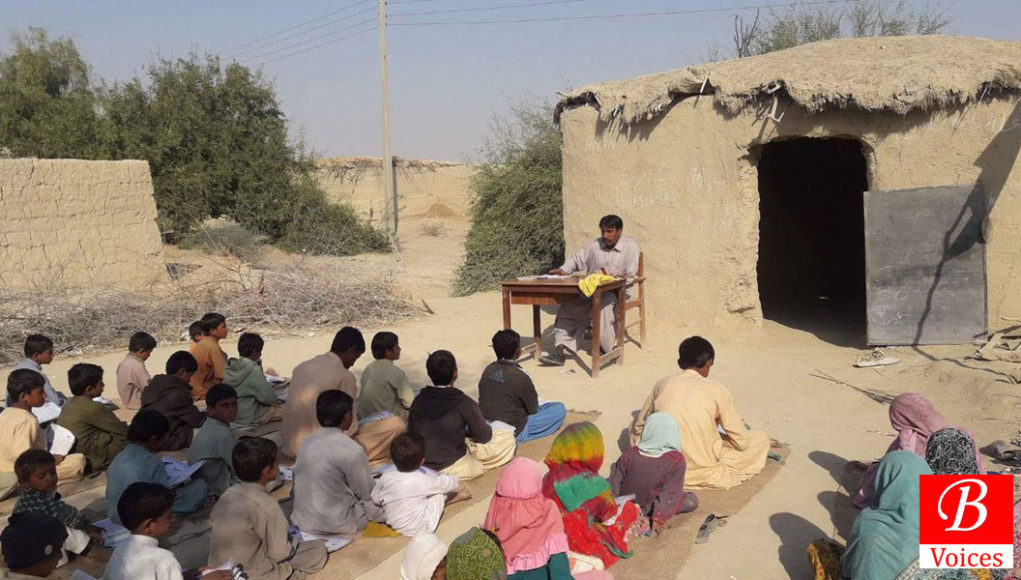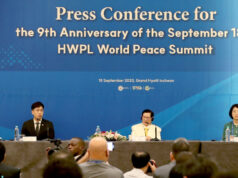Abdul Rahim is a 47-year old cattle owner who lives in Nushki district of Balochistan, a three-hour drive northwest of Quetta. He feeds his family of 10 with his herd. The prevailing drought in Balochistan in last 10 years has made life difficult for Rahim and his family as his cows go hungry.
Hania, the 4-year old daughter of Rahim, fell ill with a serious fever last October. Rahim was clueless about the prolonged fever and there was no one in his village to help him out because there are no proper healthcare facilities. He had to travel to the Quetta, the capital city, spend a day and good portion of his already dwindling savings for his daughter’s treatment.
There are many more like Rahim in rural Balochistan who expect support from the government in order to make their lives better. In order to achieve this end, Balochistan Government spends tens of billions of rupees every year on development but there is a negligible trickle-down effect on the lives of the people. Analysis of Public Sector Development Program (PSDP) documents of Balochistan and Report on Multidimensional Poverty and comparison with Khyber Pakhtunkhwa province proves that development spending is not helping underprivileged people like Rahim, at large, in the province.
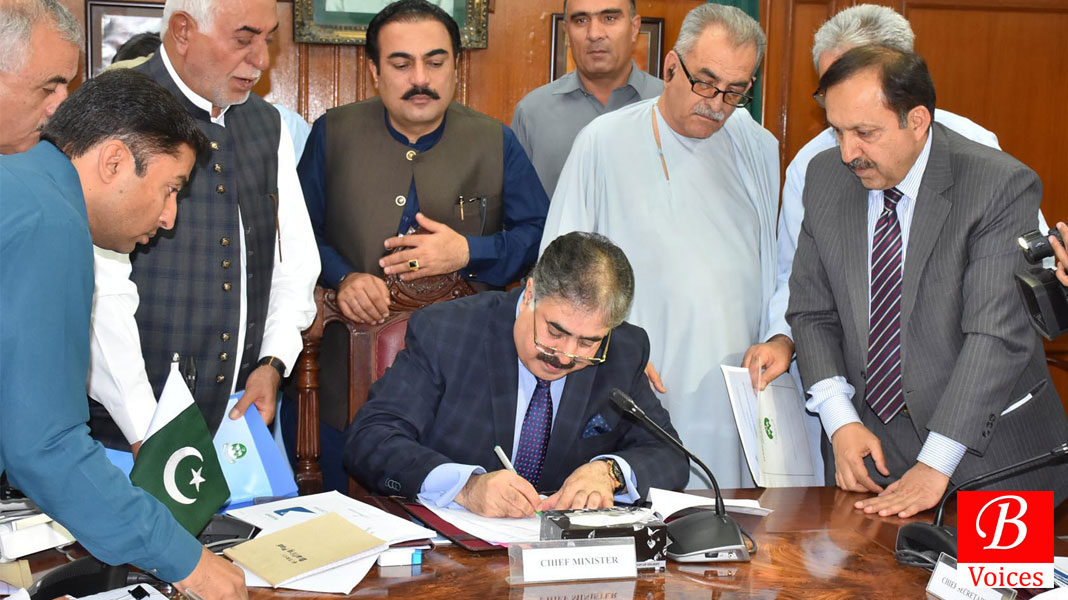
Facts reveal that Balochistan has spent more on infrastructure, like roads and bridges, at the expense of social services, like health and education. This strategy has failed to reduce, or even control the spread, of poverty. Khyber Pakhtunkhwa, on the other hand, has reduced poverty by investing on services for its citizens and leaving infrastructure for later. This article explores why families in Khyber Pakhtunkhwa have achieved economic security while families like Abdul Rahim’s still face crisis if a child becomes sick or a drought goes on too long.
Citizens in Balochistan and Khyber Pakhtunkhwa struggle to survive and thrive
Balochistan, the south-western province of Pakistan stretches over 347,000 Sq/Km. Balochistan, the same size as Germany, occupies two fifths of the country but is home to only 6% of population of Pakistan. This poses a unique challenge for a government trying to get services to citizens.
Khyber Pakhtunkhwa is the north-western province of Pakistan, is a fifth of the size of Balochistan with twice as many people.
Khyber Pakhtunkhwa shares some similarities with Balochistan. Both of these provinces are tribal in nature and the underlying cultural values of Baloch and Pashtun people living in these provinces are identical. Apart from that both of these provinces have been affected by terrorism and have been conflict zones in the past. At the same time historically both of these provinces have been considered two of the least developed provinces of Pakistan. Both provinces face serious challenges in lifting their citizens out of poverty and opening opportunities for young people to grow and thrive, but their approaches have been drastically different, with equally drastic results. In Balochistan 7 out of 10 citizens and in Khyber Pakhtunkhwa 5 out of 10 citizens live below the poverty line. The population demographics of both provinces are also identical. According to Voter rolls, almost half the population in both Balochistan and Khyber Pakhtunkhwa are between the ages of 18 and 35: a youth bulge that puts extreme pressure on the labor market.
PSDP – The buzz word that failed to live up to its name
The provincial fiscal budget ever year consists of two components, non-development expenditure and development expenditure. Non-Development expenditure includes all the expenses made for the day-to-day running of the government such as salaries for doctors and teachers who work in public hospitals and schools.
The development budget, which is also called Public Sector Development Program (PSDP), is all the money the government has set aside to improve the quality of life of citizens. PSDP includes activities such as construction of roads, schools and dams. PSDP is formulated in June every year and presented along with the fiscal budget in Balochistan Assembly for approval.
PSDP is the most discussed term among politicians, bureaucrats and even journalists during the first two weeks of June. PSDP is the way politicians can respond to citizen’s demands for better schools, access to clean water and construction of community clinics.
Analysis of development budgets of Balochistan and Khyber Pakhtunkhwa show that provincial governments have pumped a lot of money into development over the last three fiscal budgets, with Balochistan leading the way. In Balochistan the size of PSDP increased from Rs. 54 Billion to Rs. 86 Billion. In case of Khyber Pakhtunkhwa, the Annual Development Program (ADP) increased from Rs. 174 Billion to Rs. 208 Billion. Development budget of Balochistan has increased by 58%, three times higher than the growth in the development budget of Khyber Pakhtunkhwa. Further analysis of the budget shows that out of every Rs. 12 spent annually on budget, Balochistan spent Rs. 3 and Khyber Pakhtunkhwa spent Rs. 4 on development on average over last three years. But that spending is felt very differently by families in the two provinces.
Rahim left to Quetta with his young daughter for her treatment once he realized her fever was not going to break. He paid for the journey by a mini-wagon and also a night stay in Quetta. The next day when he went to the hospital for his daughter to be examined. The doctor was not there and there was a long line of people like Rahim waiting for the doctors along with their children.
The right way to reduce poverty and how Balochistan does the opposite
Development budgets can be spent on two broad categories: Public Service delivery and Infrastructure Development. Public service delivery includes health, education and other social services. Whereas building roads, buildings, dams and other such structures are called Infrastructure Development. There is overwhelming research available that suggests that developing countries should tackle poverty by investing in public service delivery or Human Development over investment in infrastructure development. That is, people need schools and hospitals more urgently than they need roads and bridges if they want to escape from poverty.
In the book India: Economic Development and Social Opportunity authors Jean Dreze and Amratya Sen study the case of India and argue that India failed to eliminate poverty by not prioritizing human well-being and ‘social opportunity’ over economic growth. They claim that majority of population of India is still deprived because government failed to focus on provision of basic education, health care, social security, and related fields.
The case of Indian State of Kerala is often noted where people are living better life despite having underdeveloped infrastructure. G.K. Lieten explains this phenomenon in academic article titled “The human development puzzle in Kerala.” He explains that the human development indicators such as literacy, child mortality, longevity and fertility in Kerala match those of developed countries because of government’s policy of prioritizing public service delivery over infrastructure. So while roads might be unpaved and hard to cross, citizens are living longer, healthier lives.
Another research article titled “Human Capital and Economic Growth in Pakistan” published in Pakistan Development review also supports the theory that citizen wellbeing is more important than roads and buildings. This article argues that Pakistan could have developed as fast as or even faster than its South Asian neighbors if it had invested more in education and health. According to the article, investment in health and education will put Pakistan in a virtuous cycle of high growth and improved living conditions. This is because healthier, educated citizens can escape poverty and accumulate wealth quickly, making life better for the next generation.
Likewise, an article published in The Economist shows that Pakistan’s pervasive poverty can be attributed to the government’s focus on infrastructure. “Pakistan’s misguided obsession with infrastructure” states that Pakistan has spent generously on infrastructure and most of the resultant projects are underused. On the other hand, health and education service demand is high but these areas are underfunded. Balochistan is a perfect example of Pakistan’s failed poverty policy.
Balochistan prioritizes building roads while Khyber Pakhtunkhwa invests elsewhere
Analysis of development spending of both provinces show that Balochistan prioritizes infrastructure whereas Khyber Pakhtunkhwa prioritize public service delivery.
Average spending on public service delivery in Balochistan is Rs. 13 Billion and in Khyber Pakhtunkhwa it’s Rs. 40 Billion. This means that Khyber Pakhtunkhwa spends 3 times more on public service delivery as compared to Balochistan, even though Balochistan spends more on development overall. Likewise, the average spending on infrastructure in Balochistan is Rs. 24 Billion and in Khyber Pakhtunkhwa its Rs. 32 Bn. So despite the difference in size of budgets, the budget of Khyber Pakhtunkhwa is twice the size of Balochistan, the difference is just Rs. 8 billion.
In order to further explore the spending patterns of both provinces it is necessary to take account of population of both provinces. This analysis shows that Balochistan spends Rs. 1,102 on public service delivery per person each year and Khyber Pakhtunkhwa spends Rs. 1,307 per person. So, even by per capita comparisons Khyber Pakhtunkhwa is spending more on public service delivery. Similarly, Khyber Pakhtunkhwa spends Rs. 1,051 per capita on infrastructure whereas Balochistan spends almost twice as much: a staggering Rs. 1,970 on infrastructure per person.
Another way to look at it is the portion of the development budget that is spent on public service delivery and infrastructure. The comparisons show that out of every Rs. 12 spent on development, Balochistan spend Rs. 3 on infrastructure and Rs. 2 on Public service delivery whereas Khyber Pakhtunkhwa spends Rs. 2 on former and Rs. 3 on latter. This again clearly shows that Balochistan is prioritizing infrastructure whereas KP favors public service delivery.
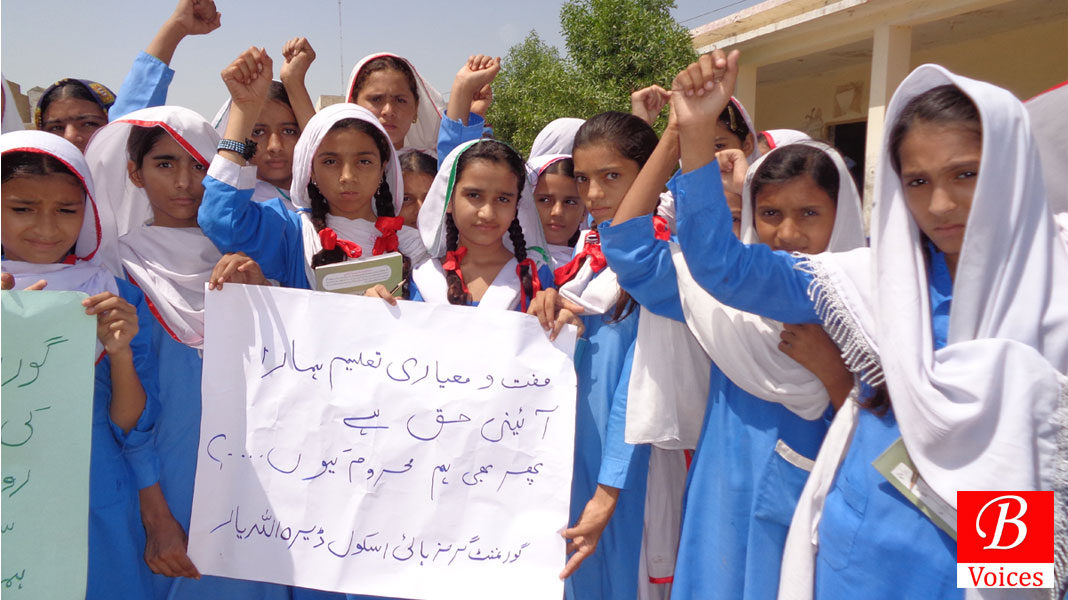
After waiting countless hours for the doctor in vain, Rahim decided to leave the government hospital. He took his daughter to a private clinic located in center of the city. The doctor is famous for treatment of children and there is a long line of patients in queue. Rahim went to the clinic without an appointment so now he has to wait for another 4 hours for his daughter’s turn to see the doctor.
Mehfooz Ali Khan is the Coordinator of Governance Policy Project of Balochistan. He believes that due to local politics, each and every elected member has a say in the development budget and most want to invest in infrastructure in their constituencies to make money for themselves. “Elected representatives choose Infrastructure for self-interests as it’s more beneficial for them,” said Khan.
This could be because politicians award building contracts to companies who have family or business ties to the politicians themselves and they receive kickbacks. However, we were unable to verify this claim. Lack of transparency on contract awards and accountability mechanism makes it easy for them to get away with this flawed approach.
Khyber Pakhtunkhwa citizens get boost in health and education where Balochistan citizens do not
Education and health are two main components of basic services a government owes its citizens.
Balochistan is spending much less on health and education per citizen. Balochistan spends Rs. 702 on education per person per year whereas Khyber Pakhtunkhwa spends Rs. 774 per person per year. When it comes to Health then Balochistan spends just Rs. 366 on health development per person whereas KP spends Rs. 507 per capita on health. Rahim’s daughter is one of the many people impacted by an under-funded healthcare system.
The case is different in Khyber Pakhtunkhwa where spending on health and education has brought significant improvements in the lives of citizens over the last few years.
In education sector Khyber Pakhtunkhwa government has started Tameer-e-School Programme. This programme involves facilitating pool of donations from domestic and foreign donors, which is used for renovating public schools.
‘Parho aur Zindagi Badlo’ (study and change lives) is another programme started by the education sector. Under this program government pays a monthly stipend of Rs. 200 for every girl who attends school. 40,000 additional teachers have also been hired by the government. This has resulted in enrollment of more than 300,000 out of school children in schools.
In the health sector, Khyber Pakhtunkhwa government has started Sehat ka Insaf program which has been used to immunize over 1.3 children in four districts. Khyber Pakhtunkhwa government has also hired more doctors and as a result the ratio of doctors per 100,000 people has increased from 16 to 24.
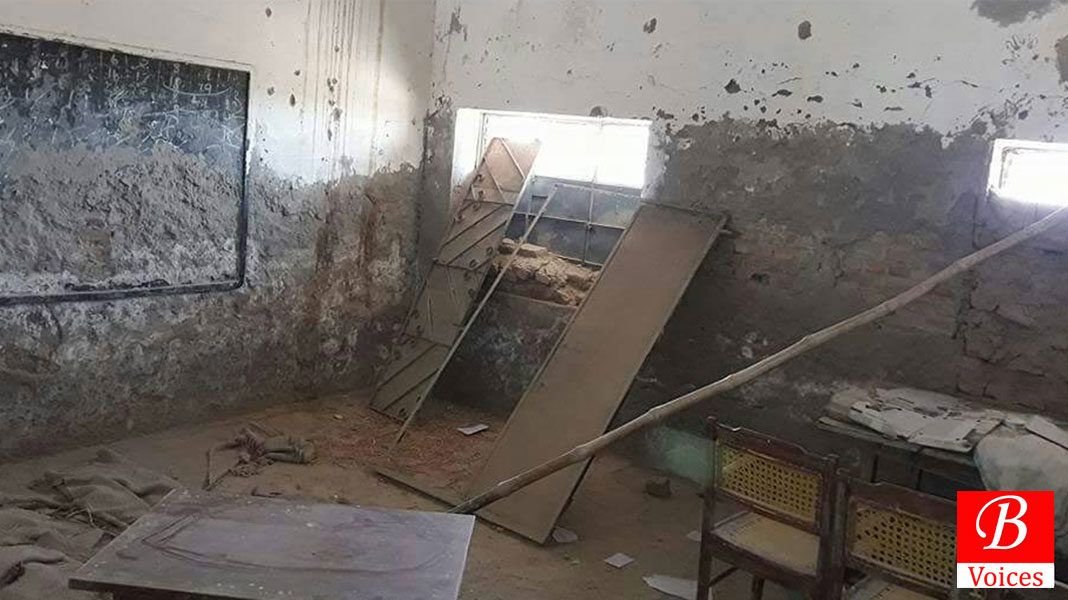
On the other hand, Balochistan also carried out an educational emergency to improve education in the province. However, this plan failed because it was short-lived and government cut down funds for the education emergency and used them for infrastructure development. Only 2 out of 8 children in Rahim’s family go to school and this is normal for people living in rural areas of the province.
Balochistan losing and Khyber Pakhtunkhwa winning its battle against poverty
As infrastructure spending in Balochistan grows, so does poverty. In Khyber Pakhtunkhwa, as public service spending grows, poverty declines.
In last two decades, the poverty ratio in Balochistan has increased 20%, from 20% to 40%. This means that the poverty ratio has almost doubled in Balochistan. In Khyber Pakhtunkhwa, the poverty ratio has reduced by 10%, from 34% to 24%. Analysis of poverty head count figures show that in Balochistan every 3 out of 4 people live below the poverty line. Whereas in KP now 2 out of 4 people live below poverty line.
Dostain Jamaldini is Chairman of Gwadar Port Authority (GPA) and he has also served as custodian of Provincial Exchequer in past. He believes that public sector spending in Balochistan is highly politicized and is constituency based. In such a scenario, poverty alleviation becomes an afterthought. He added that development is always a long-term process but in Balochistan all plans are short-term. This paradigm needs a complete change, which requires political will.
Finally, Rahim’s daughter’s turn came and he went with her in doctors rooms. “For how long she has been suffering from this condition?” asked the doctor while checking Hania with his stethoscope. After a thorough examination Hania’s condition the doctor told Rahim that Hania is suffering from Malaria. “There is nothing to worry about but you must regularly give her the medicine I prescribe for her,” the doctor said while writing down the prescription and handing it over to Rahim. After leaving the doctors room Rahim went to the adjacent Medical store and purchased the medicines and also paid for the doctor’s fee. After making these payments he realized that now he does not even have the return fare back home.
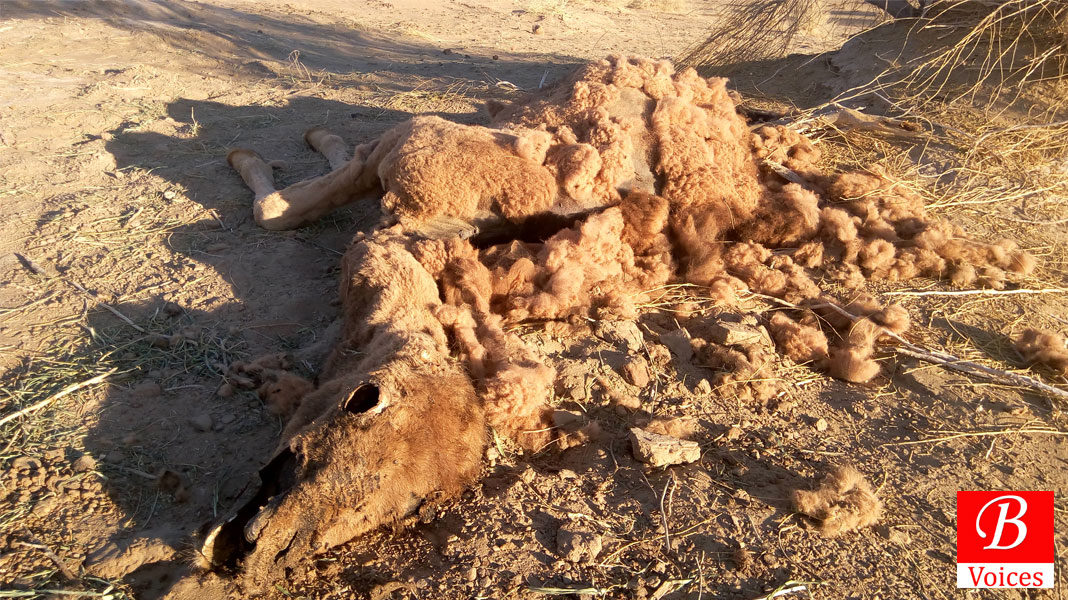
Balochistan government at a loss as to long-term strategy while KP meets milestones
The aforementioned analysis shows that strategy of Balochistan Government to spend on infrastructure development is not working. This is supported by increase in poverty figures of the province. In case of Khyber Pakhtunkhwa, the spending on public service delivery is clearly working where there has been a reduction in the number of people living below poverty line in the province.
Wali Zahid is a governance analyst and futurist. He agrees with the assertion that Balochistan government has to change its development spending strategy. He believes that provincial Government needs to understand that Balochistan has so many problems but PSDP in a year can only solve some of the problems, not all.
Mr. Zahid suggests that Balochistan government should adopt a long-term strategy, at least 10 years, and plan for poverty alleviation.
He further adds “Balochistan needs to have large projects based on an integrated plan and that would be the best way to utilize the PSDP.”
When asked about how to rectify the flaws in development spending patterns of Balochistan, Zahid told Balochistan Voices that elected representatives should be kept away from selecting specific development projects. In other provinces and federal government, local officials are prevented from meddling directly in the procurement process and directing contracts towards allies. “Elected representatives should have a say in overall development strategy but they should not select that specific number of hospitals and schools that should be built in a specific town,” he suggested.
The Way Forward
The next general elections in Balochistan are likely to be held after June 2018. This means that incumbent government will not prepare the next budget. Experts believe that the new government, which will prepare the next budget, should take into account the aforementioned policy flaws in development spending and create legislation to prevent elected officials from interfering in development projects selection.
Mr. Zahid is of the opinion that Balochistan government has spread its resources very thinly – too little for too many projects. According to him the solution lies in the approach to spend more on fewer projects.
“The only way forward is when PSDP is based on need basis and not on demand of representative’s basis with predetermined rationale,” added Mr. Zahid. He also urged that a mechanism should be developed for proper oversight of the PSDP in Balochistan. Even if this policy is passed, each day, citizens in Balochistan fall deeper into poverty.
Rahim borrowed money from an acquaintance in the city to ensure that he can travel back to his village in Nushki. He reached home in the night after a three hour trip by mini-wagon and a 30 minute walk from the bus stop to his home. He spent two days, and a lot of money, to treat a common illness that could befall any of his children at any time.
After two weeks, Hania has fully recovered. Rahim has to go through a similar ordeal when any of his 8 children suffer from any illness. “I can think about educating my children when I get time from cattle rearing and taking my children to Quetta when they become ill,” he said in exasperation.
Header Photo: An open sky school in Jhal Magsi by Arzak Khan.
This is a Data Journalism Story. Click here to read other Data Journalism stories by Balochistan Voices.
Share your comments!


